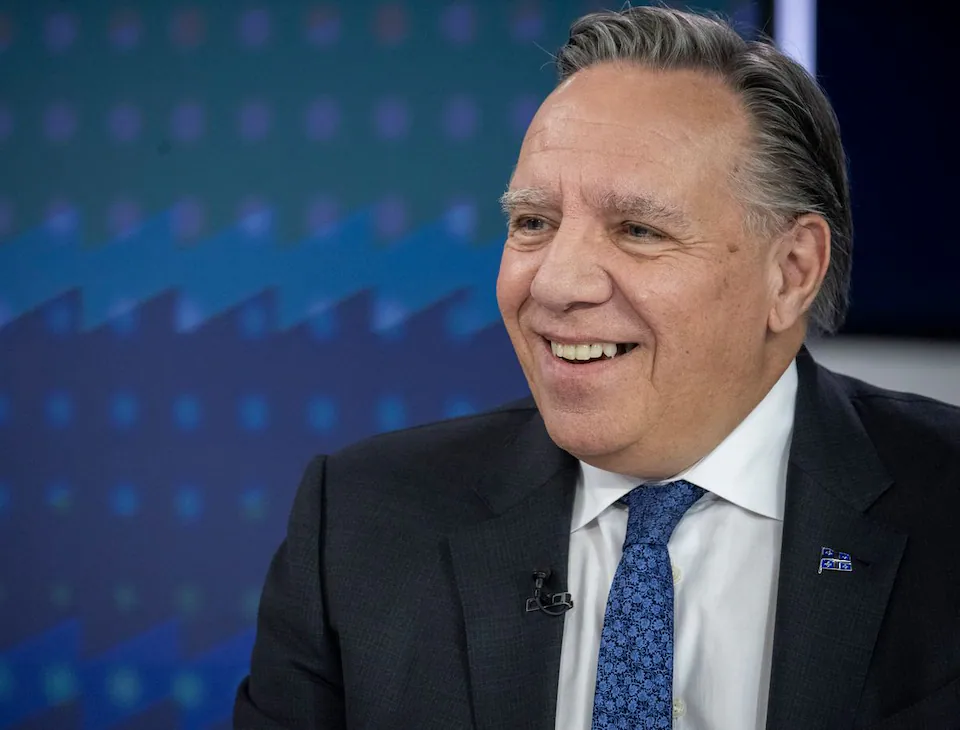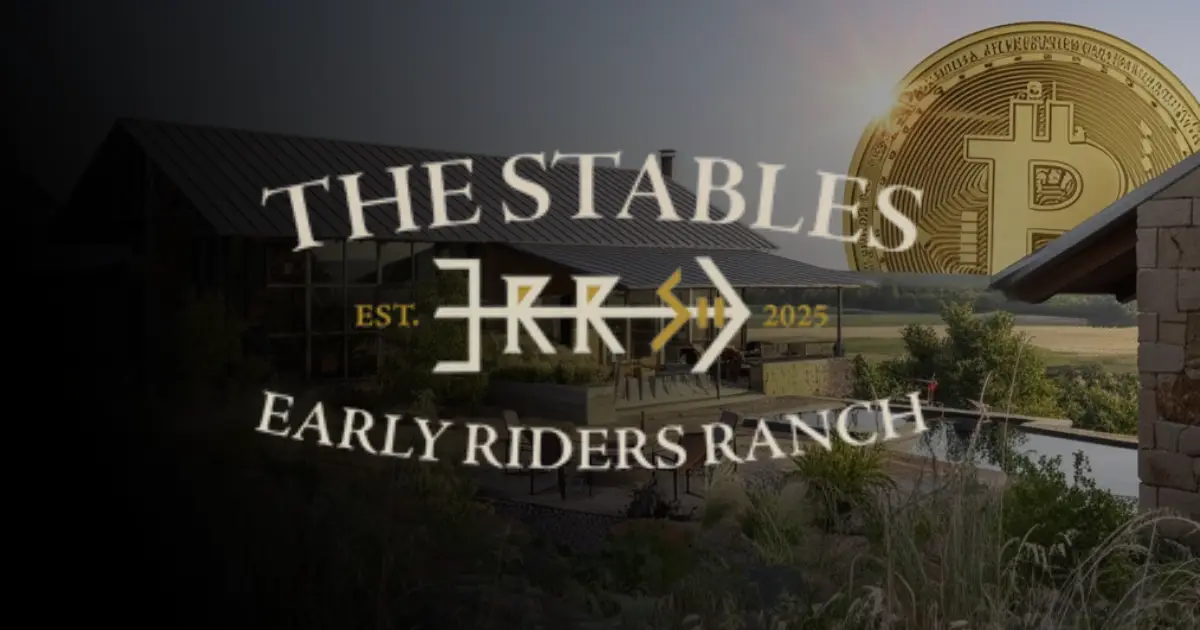By Blair Jackson
Copyright news

Staff were told in an email on Tuesday about the job losses, as Westpac looks to add 200 bankers to its home lending and small business divisions.
Despite commitments to not close bank branches, Westpac says cutting teller jobs is necessary for its “digital-first strategy”.
But the finance union says it is “callous” for Westpac to make tellers push customers onto digital platforms, ultimately doing themselves out of a job.
Some, not all, of the 200 affected staff will retrain as home lenders.
“Because of the investments we’re making, we’ve already started upskilling our people,” retail banking general manager Damien Macrae told staff in the email.
“In the past 12 months, we have seen 33 of our people take the next step in their career by moving from our branches to become a home finance manager. We expect this number to grow.”
The bank announced 1500 job cuts in May and has put $5m into a “development fund” for staff in this affected wave to retrain.
“We’re making these investments because we recognise the nature of the work we do is changing,” Mr Macrae told staff this week.
“As we discussed today, over the coming year we will appoint around 200 more lenders and bankers to achieve our home lending and small business ambitions.
“At the same time, we will need around 200 fewer tellers and personal bankers’ roles in retail banking.”
Westpac employs 30,000 people across the country and hired 5000 in the past year.
“We adjust the composition of our workforce according to our investment priorities. While we continue to invest in extra bankers, other areas may need fewer resources,” a spokesperson said.
“This means from time to time we make changes that may impact some roles and responsibilities as we actively manage costs and investment. As the skills and capabilities required in banking continue to evolve, so will our workforce.”
The big four banks signed a moratorium in February, agreeing no to close any more regional branches until at least 2027.
In April, Westpac reopened a branch in each of regional NSW, Victoria and Tasmania.
“We’re investing in the regions because we want to support the hardworking Australians who live outside of our capital cities,” chief executive Anthony Miller said at the time.
“We’ve thought long and hard about how we can provide a face-to-face service for our regional customers.
“While most customers prefer to bank online, this new model will allow us to improve the way we help personal, business and agri customers.”
Finance Sector Union national secretary, Julia Angrisano, said the bank’s digital endeavours had a harsh flip side.
“Westpac is asking loyal tellers to migrate customers to digital services that ultimately eliminate their own jobs. It’s callous and shortsighted,” she said.
“Communities still rely on face-to-face banking and workers should not be sacrificed for cost-cutting dressed up as innovation.”
The union would hold Westpac to its commitment of no overall job losses, Ms Angrisano said.
“We still don’t know how this ‘development fund’ will work, or whether it will genuinely protect jobs.
“Westpac must show leadership by redeploying every affected worker into new roles – not using digital change as an excuse to shed staff.
“This is a test case for what employers should be doing. When roles are cut, workers must be re-skilled and redeployed – not discarded. That’s the standard we expect, and we will fight for it.”
There have been waves of job losses in Australian banks just this month. ANZ is axing 3500 staff plus 1000 contractor roles over the next 12 months.
The day after the ANZ announcement, NAB revealed it was cutting more than 400 technology and enterprise jobs.
In May, Westpac cut 1500 jobs, and Commonwealth Bank has announced 164 job cuts this year.
The Finance Sector Union says 7885 jobs have been cut this year to mid-September, a 70 per cent increase in lay-offs compared with 2024.



